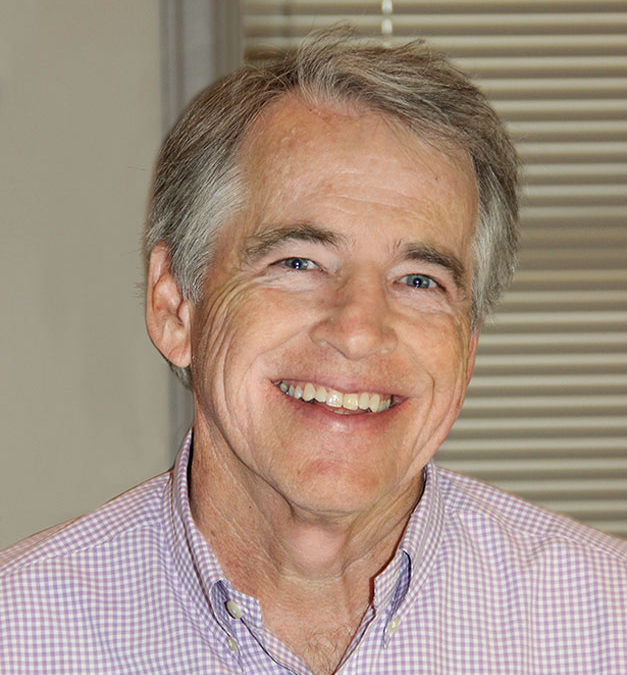Peak Renewables Ltd., an emerging, innovative, opportunity-driven company focused on growing the forest economy with sustainably sourced and renewable energy products, is pleased to announce that Scott Bax has been appointed as Chief Executive Officer, effective December 20, 2021...

Huber Sues GP For Infringement
Huber Sues GP For Infringement
Huber Engineered Woods LLC has filed a patent infringement lawsuit against Georgia-Pacific Wood Products LLC, alleging that GP’s ForceField Air and Water Barrier System infringes Huber’s patents for its ZIP System sheathing and tape products. Huber filed the lawsuit in the United States District Court of the Western District of North Carolina.
“For more than two decades, Huber Engineered Woods has provided innovative, premium and branded solutions to its customers and builders,” says HEW President Brian Carlson. “We have consistently invested to develop a broad portfolio of patents to protect our branded products, including ZIP System sheathing and tape products and AdvanTech flooring and sheathing panels. We will vigorously defend our patents against infringement.”
Since its introduction in 2006, ZIP System sheathing and tape has been used by many builders as a replacement for traditional sheathing and housewrap. The exterior wall and roof system consists of an enhanced moisture-resistant, engineered wood panel with a built-in, water-resistive, vapor permeable barrier that eliminates the need for housewrap or felt. Completed with taped panel seams using ZIP System flashing tape, the system helps protect construction timelines by creating quick dry-in status and reducing risk of rework, while providing moisture protection and reduced air leakage, according to a Huber statement.
Specifically, Huber alleges that the ForceField products marketed by Georgia-Pacific infringe two patents when used to sheath the walls of homes during construction; that the use of multiple ForceField panels to sheath the wall of a home, when sealed together with water-resistant tape such as GP’s ForceField Seam Tape, creates a panel system that infringes the two Huber patents.
Georgia-Pacific offered the following statement in response: “Georgia-Pacific Wood Products is aware of the lawsuit filed by Huber Engineered Woods related to Georgia-Pacific’s recently-launched ForceField Air and Water Barrier System. As a company that respects intellectual property, Georgia-Pacific remains confident that ForceField does not violate the intellectual property rights of others, including those of Huber. Georgia-Pacific disagrees with Huber’s allegations, and intends to vigorously defend itself in this matter.”
The Huber lawsuit states that the inventions claimed in its patents were the result of years of research and development on structural sheathing systems by Huber. “The inventions represent a leap forward in roof and/or wall structural sheathing system technology, solving several problems exhibited by other sheathing systems that rely upon house wrap or felt paper that is used with structural wood panels as part of the weatherization of buildings.”
Huber’s ZIP System sheathing was first sold in 2007. The lawsuit states that GP introduced its ForceField System in January 2016 as a competitior to Huber. “Rather than put in the time and resources necessary to independently develop a sheathing product, like HEW did, GP instead chose to take advantage of the innovative development work done by HEW,” the lawsuit states.
Interestingly, according to the lawsuit, GP hired a former Huber employee to help GP develop its product—the same person who is a named inventor on each of the Huber patents and who was involved in the development of Huber’s ZIP System sheathing and other Huber products. The lawsuit states that this person is a named inventor on GP’s currently pending patent application for the similar product technology.
Huber Engineered Woods has OSB manufacturing operations in Maine, Georgia, Virginia and Oklahoma.
RELATED ARTICLES
HUBER ANNOUNCES PLANS FOR NEW MILL IN MINNESOTA
SETTLEMENT LOOKS GOOD FOR HUBER
Latest News
Peak Renewables Hires Scott Bax
Build Back Better Awards Oregon Group
Oregon Mass Timber Coalition was named by the Economic Development Administration (EDA) as a finalist in the $1 billion Build Back Better Regional Challenge. The coalition was awarded $500,000 to create a strategy for a Mass Timber Modular Manufacturing Facility at Marine Terminal 2 in Portland…
Wolf-Gerd Dieffenbacher Turns 70
Wolf-Gerd Dieffenbacher celebrated his seventieth birthday on December 20, 2021. Until his withdrawal from the day-to-day business on July 1, 2019, the entrepreneur was active for more than 40 years in the Eppingen-based family business Dieffenbacher GMBH Maschinen- und Anlagenbau, which he led as CEO…
American Securities Acquires Hexion
Hexion Holdings Corp. has entered into an agreement to be acquired by affiliates of American Securities LLC. The transaction is expected to close in the first half of 2022, following and conditioned upon the closing of the company’s previously announced sale of its epoxy business to Westlake Chemical Corp…
Find Us On Social
Newsletter
The monthly Panel World Industry Newsletter reaches over 3,000 who represent primary panel production operations.
Subscribe/Renew
Panel World is delivered six times per year to North American and international professionals, who represent primary panel production operations. Subscriptions are FREE to qualified individuals.
Advertise
Complete the online form so we can direct you to the appropriate Sales Representative. Contact us today!

